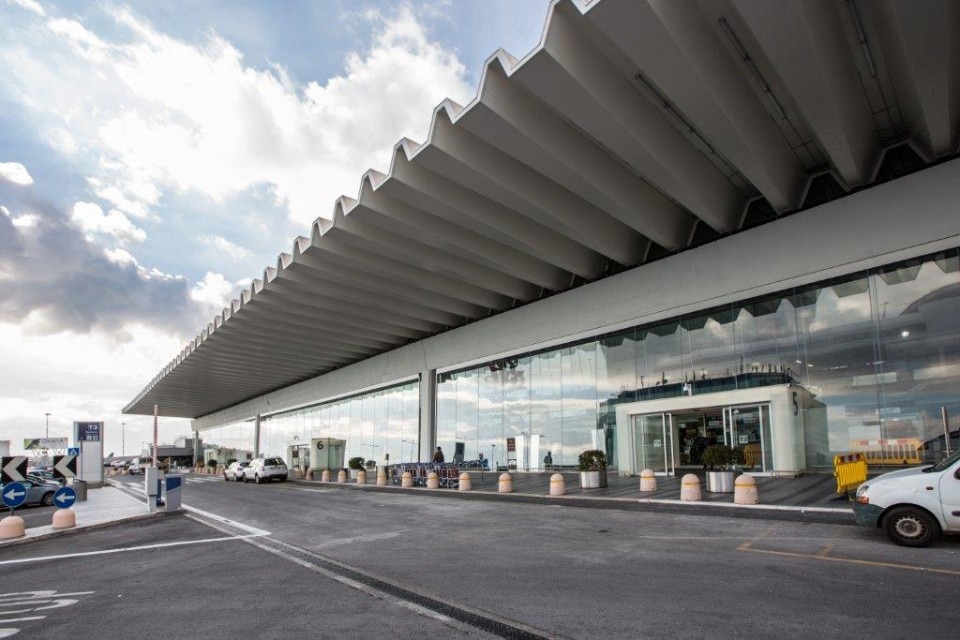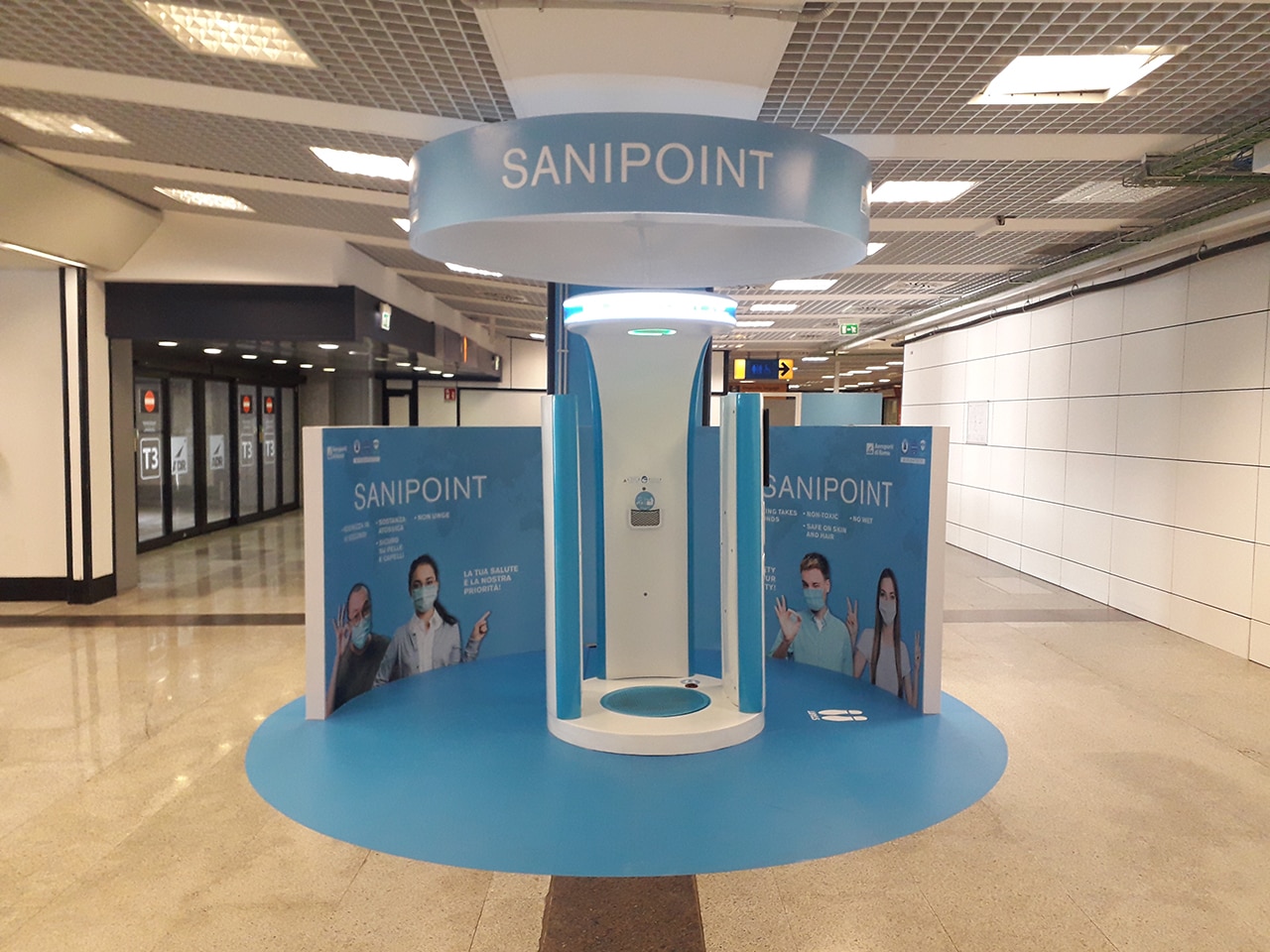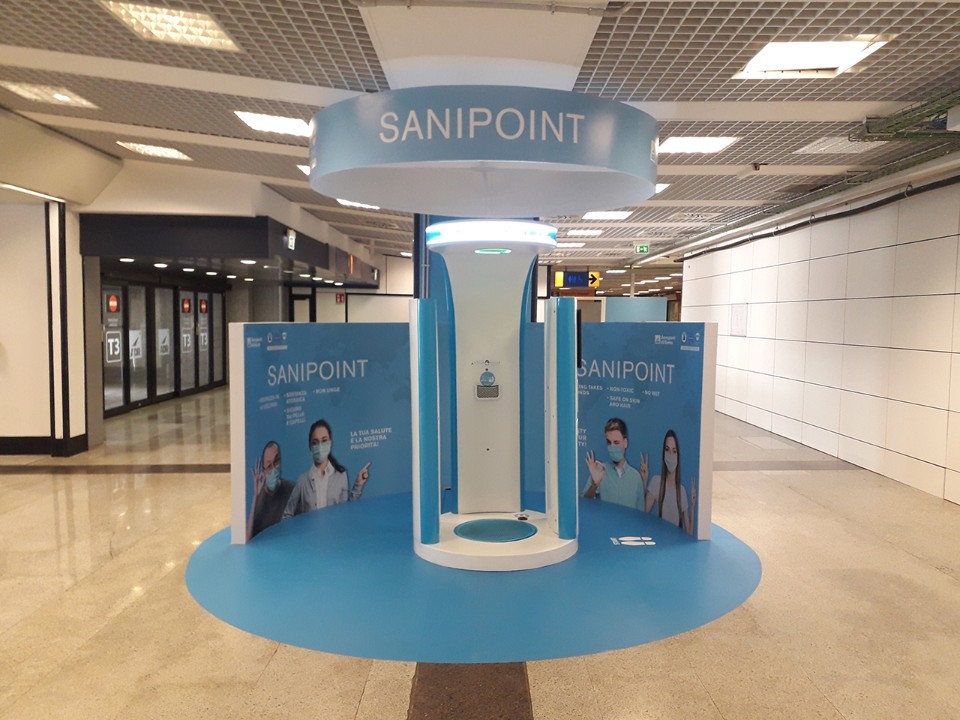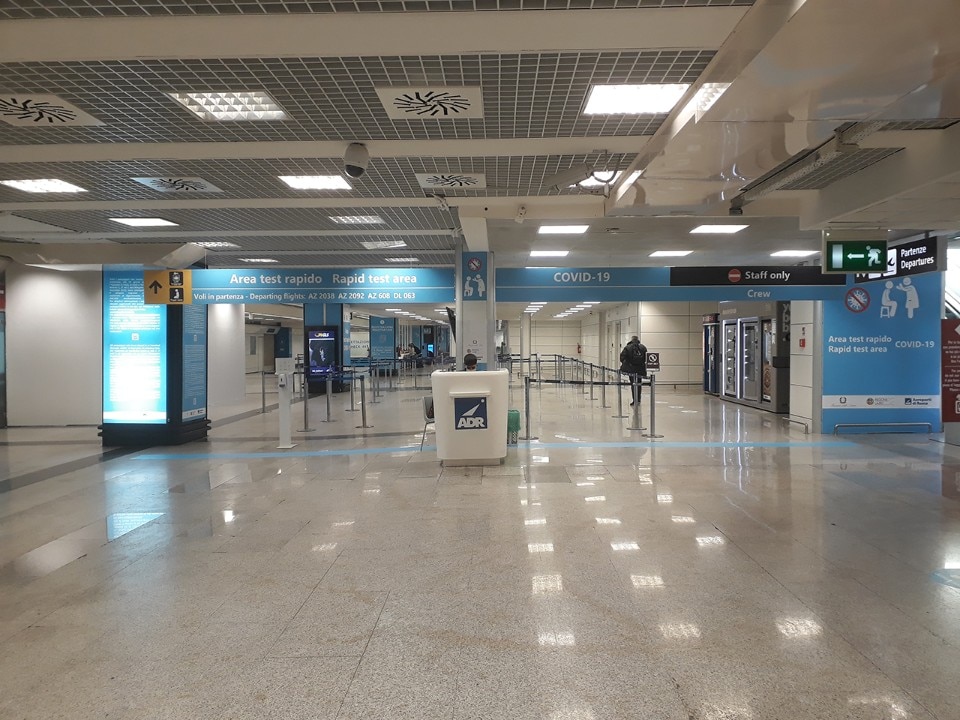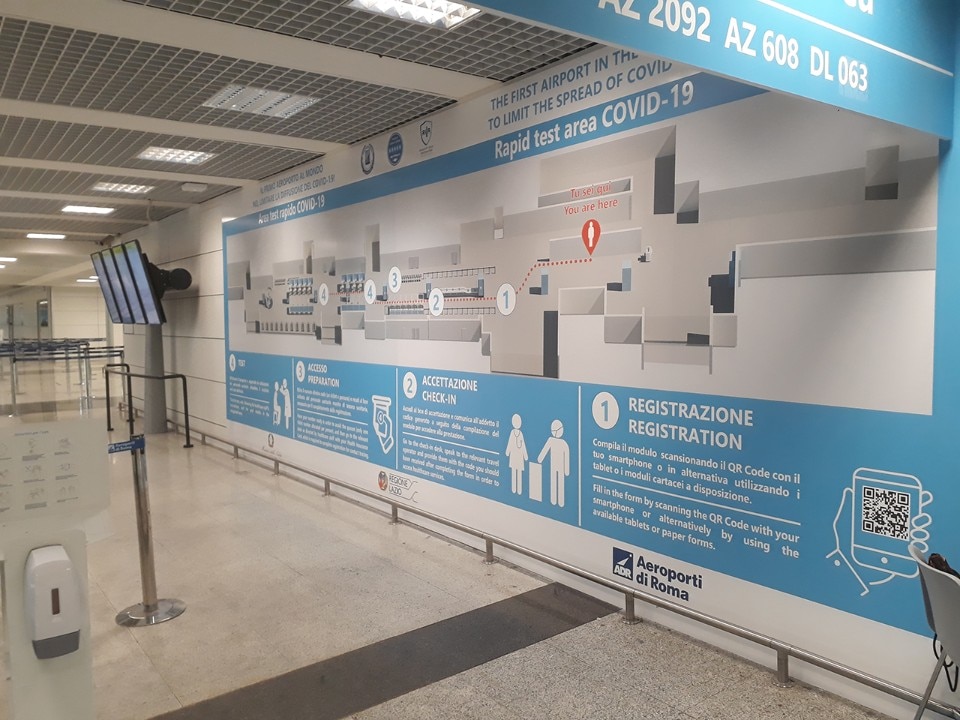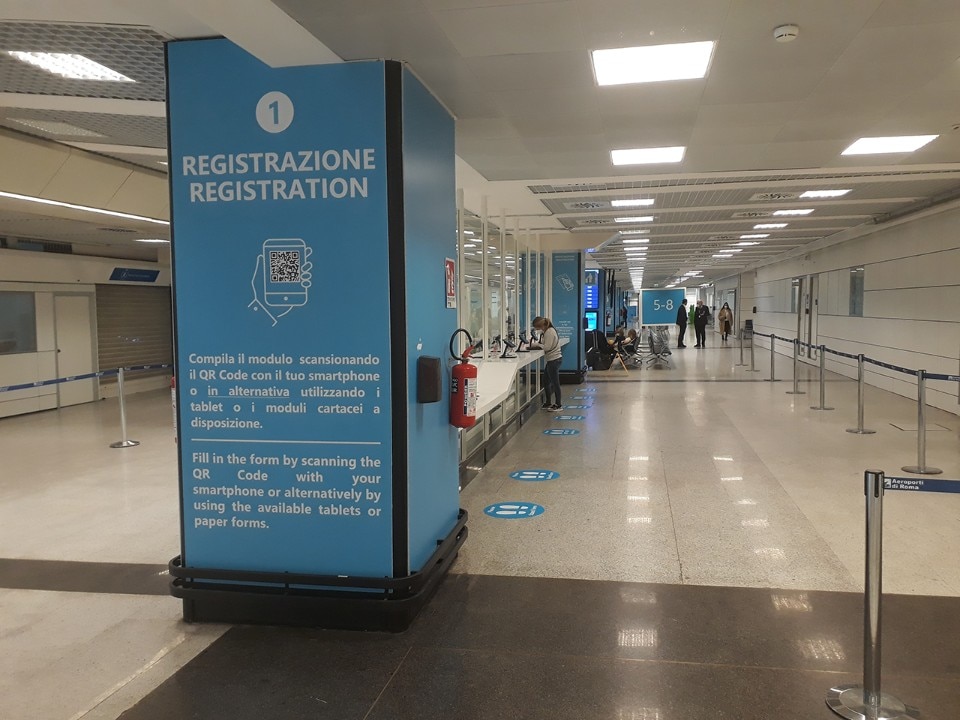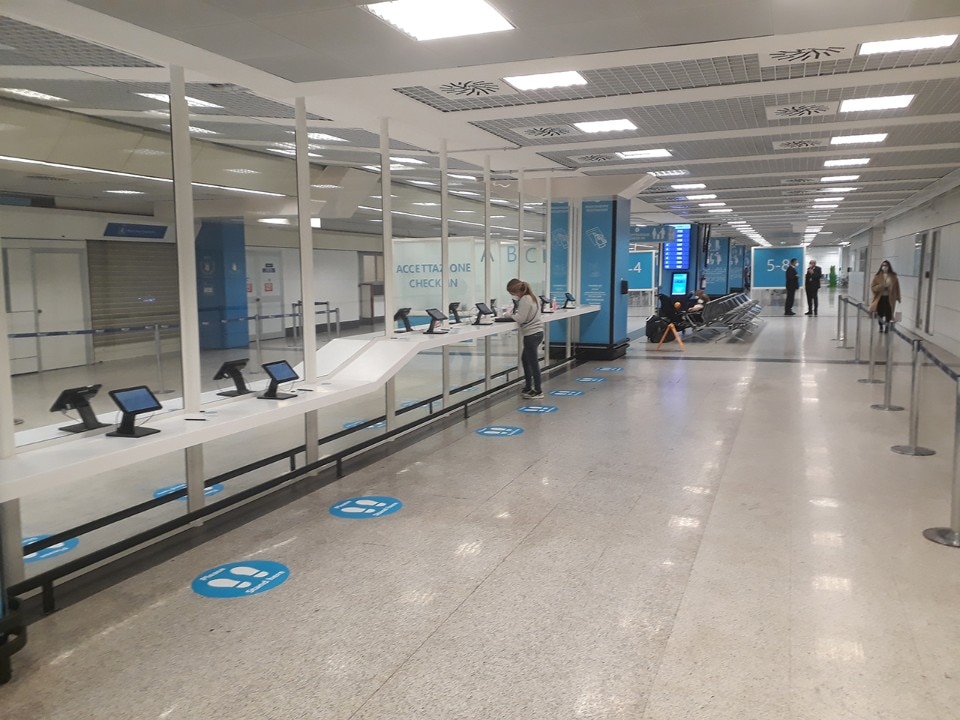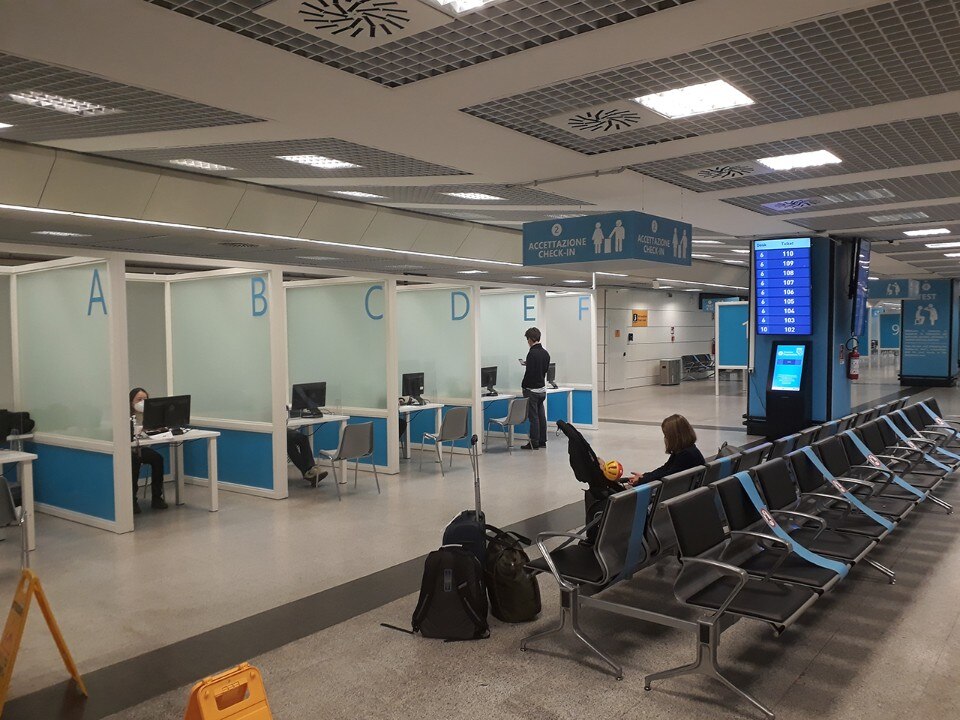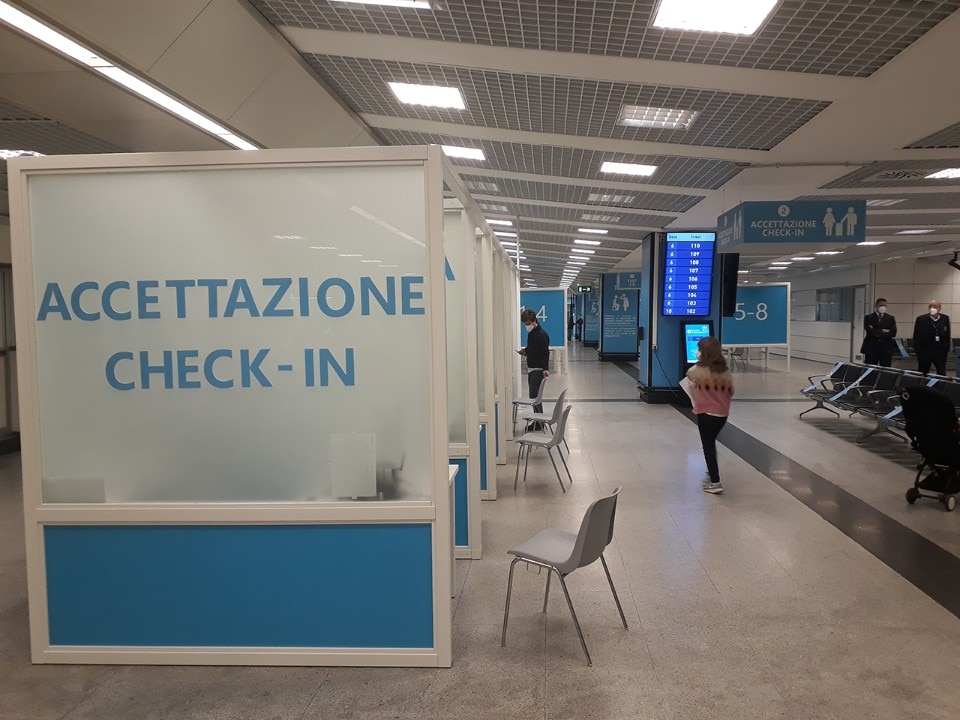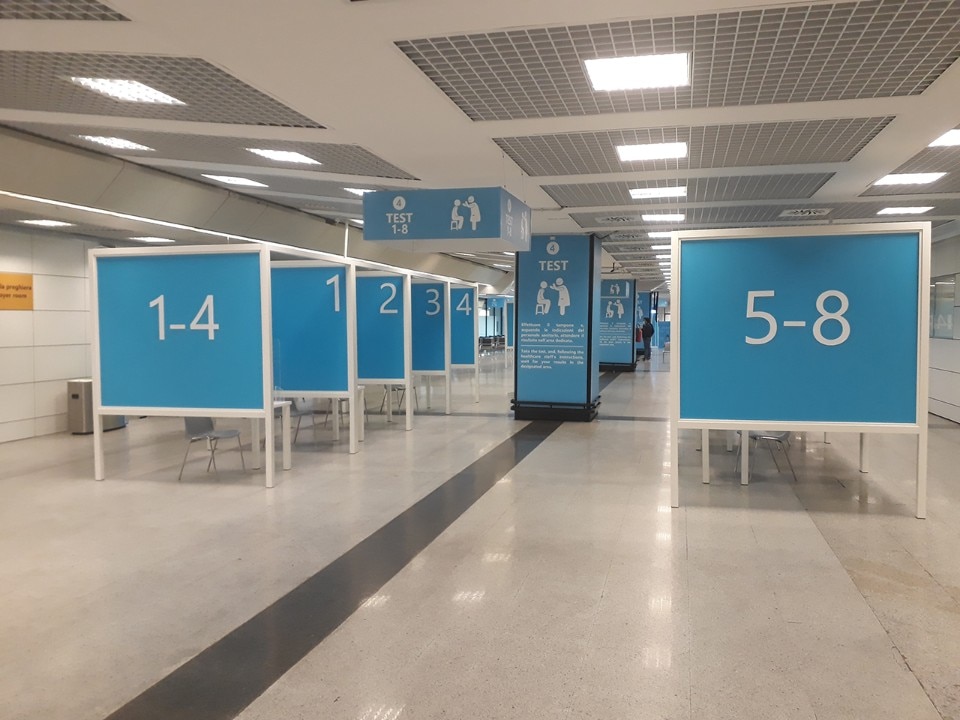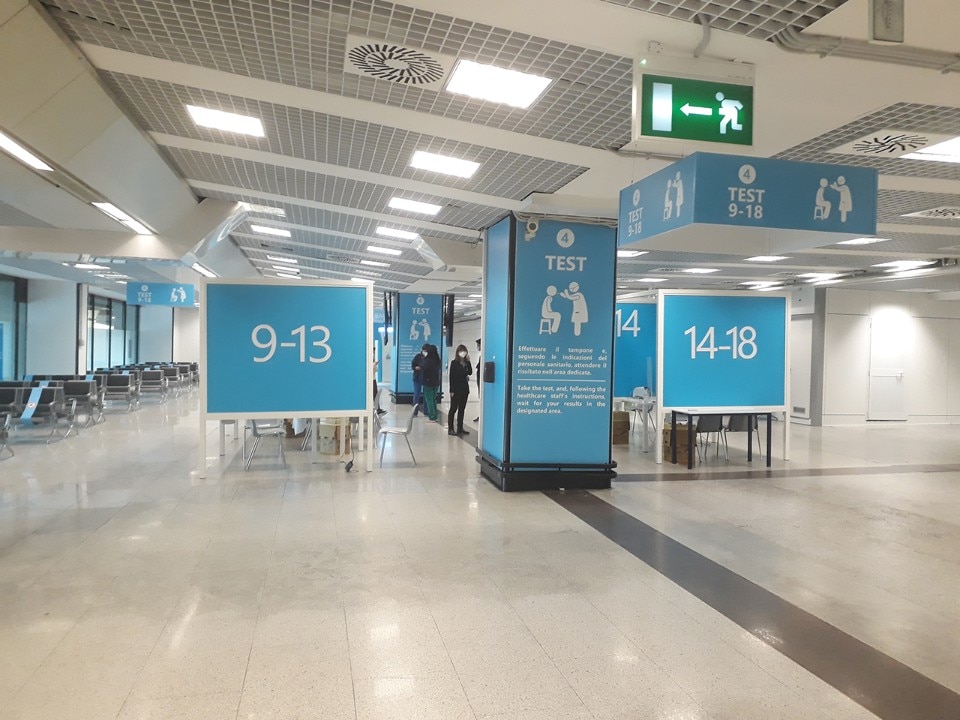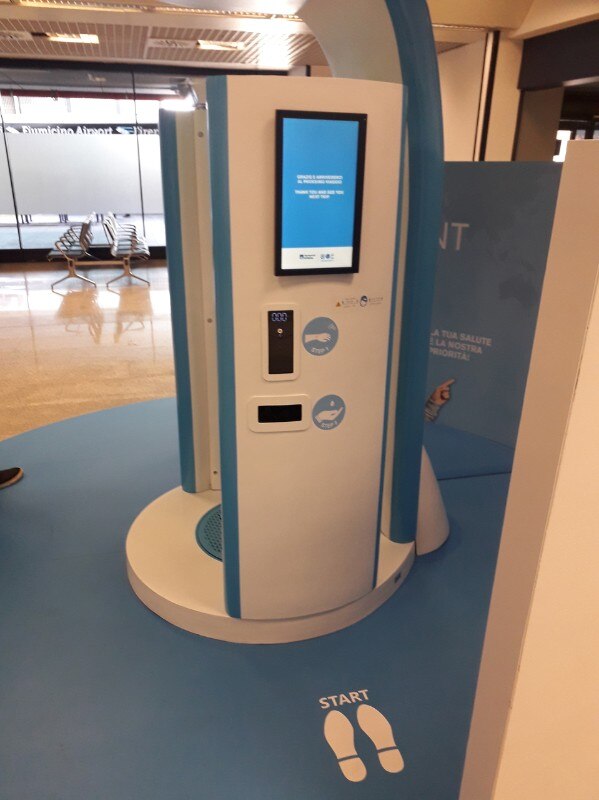Safety, hygiene and trust are the imperatives that must be respected if we want to think about restarting the airport sector, and the world of tourism in general. Gian Luca Littarru, General Manager of Aeroporti di Roma, is responsible for airport operational management, service quality and innovation, infrastructure development, retail, real estate and safety and environment. He told us about the work done to adapt Fiumicino to the new needs dictated by the health emergency.
What is the current situation of the airport sector and what measures have you taken to deal with the Covid emergency?
In the last few months of 2020, passenger traffic fell by between 80% and 90% compared to the same time last year. Fiumicino is also more penalised than other Italian airports, as it is the main link to intercontinental destinations, for which traffic has essentially dropped to zero. We are currently handling around 10,000 passengers a day, compared to 100,000 for "normal" traffic at this time of year.
All the measures taken are intended to ensure maximum security throughout your stay at the airport. With this in mind, we have also worked to limit the impact of certain regulatory measures on the propensity to travel, one of the most important of which is the fiduciary quarantine requirement in the country of arrival for international flights, which by its very nature risks being ineffective. We have therefore developed a pilot project, so-called Covid tested flights, in which passengers can travel safely by checking a negative buffer and thus avoid quarantine. The scalability of this operation depends very much on whether the tests can be carried out quickly, even outside the airport, or whether it is possible to ascertain that vaccination has taken place. We were the first to launch this experiment, first on Rome-Milan flights, then on intercontinental flights to New York and Atlanta.
According to our findings, fear of travelling is not the biggest obstacle to travel today. The main constraints are regulatory and also concern uncertainty due to the variability of rules.
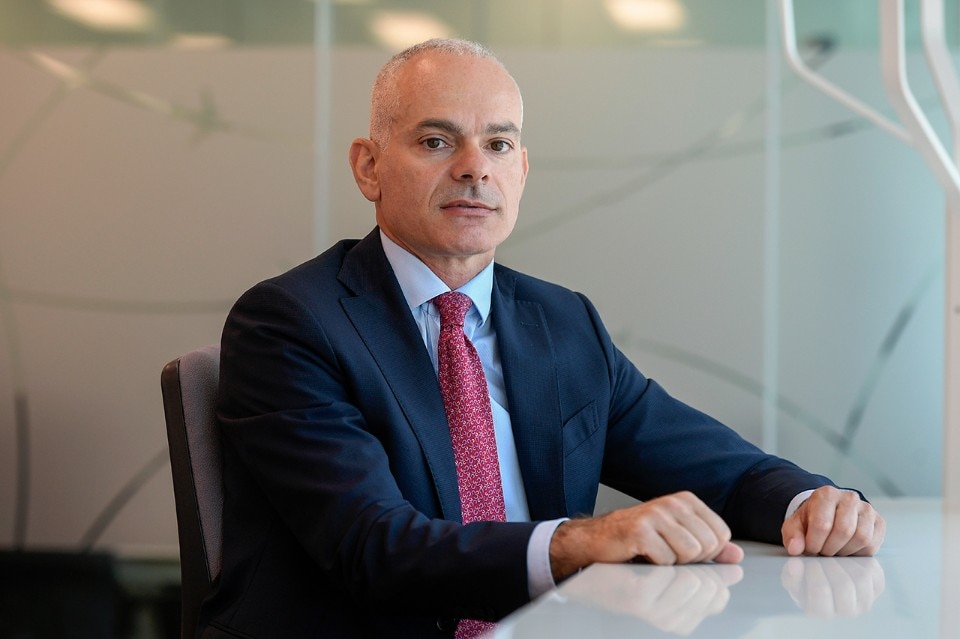
To guarantee the quality of the measures taken, there are various certifications such as the Biosafety Trust Certification, the ACI Health Accreditation or the Skytrax Covid-19 rating. Tell us about the usefulness of these standards and guidelines.
The certification programmes demonstrate and assure the public that they are safe at the airport. They measure the effectiveness and rigour of the measures taken by the Manager, guaranteeing the excellent quality standard of all the processes that take place in the airport. At Fiumicino we pursue excellence in passenger service, continuous improvement and we always try to be one step ahead. This is even more true in times of pandemic, and translates into the introduction of new surveys and protocols. Among the many measures put in place, for example, we sanitise all the terminal's surfaces, handrails, luggage trolleys, incoming baggage, and glove trays more than six times a day; we have also swabbed the airport's surfaces more than 600 times a day, to keep the virological and bacteriological load present in the different areas of the terminal under control. Among the measures introduced, I would also like to mention the preparation of completely new areas, such as the arrivals hall landside of Terminal 3, converted into a swab and sanipoint area (shower for sanitisation); the preparation of signs dedicated to social distancing in all areas accessible to passengers; the location of over 100 thermoscanners near all accesses to the infrastructure.
Short-term changes necessarily concern airport flows and protocols. But in the future can we think about structural changes in the infrastructure? So that they can already anticipate extreme situations such as pandemics.
In the immediate future, we have had to adapt to the sudden reduction in traffic and the introduction of new security measures. We have to manage an entire infrastructure in a situation of great uncertainty, because traffic depends on factors that are uncontrollable for us: all it takes is the introduction of a new Ministerial decree prohibiting movement between regions to halve domestic traffic.
We therefore had to define ex ante, as of March 2020, a series of different scenarios and operational configurations of the airport terminals, depending on variable traffic volumes. Each infrastructural scenario sees different open/closed check-in and boarding areas, capable of accommodating and managing in complete safety the number of passengers for which it is designed. Since March 2020, therefore, we have activated a working table to monitor traffic trends and change the infrastructure configuration accordingly, thus always managing to ensure passenger safety but also the sustainability and effective management of the entire infrastructure.
In the future, the airport infrastructure must continue to provide this type of flexibility in terms of operational functions, passenger services and architectural layout, thus anticipating possible changes in the international context. At the plant level, separate management of the various sections of the airport must also be considered, avoiding waste and optimising sustainable asset management. With this recipe, we will be able to manage radically different passenger flows in a very short time, while controlling extreme phenomena such as pandemics and geopolitical instability.
In the future, the airport infrastructure must continue to provide this type of flexibility in terms of operational functions, passenger services and architectural layout, thus anticipating possible changes in the international context.
Have you adopted new technologies to support decision-making and support social distancing?
With the support of dynamic passenger flow simulation software, we simulated a number of scenarios with a risk of congestion, which are typically the check-in and boarding phases. With the fast time simulation we verified that the theoretical calculations, in terms of passengers per square metre, were also confirmed in a situation of real dynamism and movement. The software allowed us to simulate passenger behaviour in detail by age group, destination, airport arrival time and boarding time, and to predict a risk threshold: close contact below 1 metre net for more than 15 minutes between two people. We then checked that this situation did not occur in more than 1.1% of cases over a whole day. Finally, this study enabled us to define the maximum number of passengers that can be handled under social distancing conditions in our Terminal 3, the only one currently operational, which will be around 35% of traffic in 2019.
In addition to the health crisis, there are other long-term challenges facing airports: innovation and sustainability. This is why Fiumicino is promoting initiatives such as the "Born to Fly" hackathon and the "Smart Airports" project. Can you tell us about them?
Innovation concerns the passenger experience and the efficient management of the entire infrastructure. To address these challenges we involved 70 students from Tor Vergata University to develop original, fresh ideas and embryonic projects. This experiment, conducted with people unfamiliar with the airport world, allows us to assess the issues from new points of view. As far as innovation is concerned, there are many internal initiatives investigating contactless and paperless management of the whole airport experience.
The issue of sustainability is very broad and complex and is a real must for AdR: from reducing emissions, to the efficient use of the airport's resources, to the development of the infrastructure with renovations and new buildings. On the environmental issue we are also collaborating with other airports and various research institutes, with the goal of achieving NET-Zero by 2030, both in terms of airport management and aircraft emissions. We are off to a very good start, but we still have a lot of work to do.


